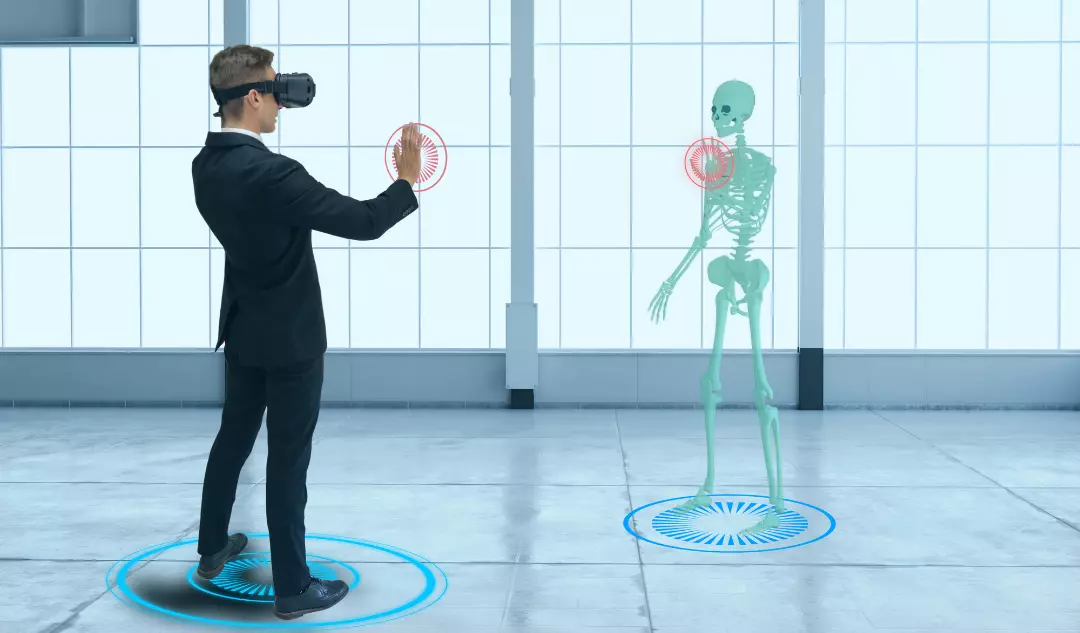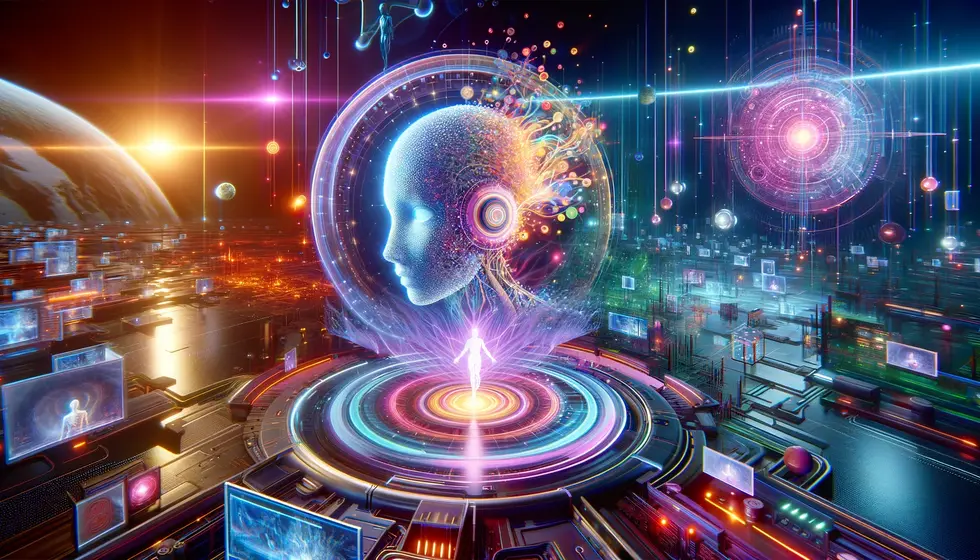What is the Digital Twin?
Posted on April 24, 2023 3 minutes 437 words
Table of contents
The concept of a Digital Twin is rapidly transforming industries such as manufacturing, energy, infrastructure, and more. This blog post will explore what Digital Twins are, their benefits, real-world applications, and the technologies that power them. We’ll also discuss the challenges and future trends in this exciting and innovative field.
Understanding Digital Twins
What is a Digital Twin?
A Digital Twin represents a sophisticated virtual representation of a physical object, system, or process, created to enhance decision-making and optimize performance. The concept was initially introduced by Dr. Michael Grieves in 2002 during a presentation at the University of Michigan. Digital Twins harness the power of real-world data, intricate simulation models, and cutting-edge analytics to generate valuable insights and foster improved decision-making processes.
How Do Digital Twins Work?
Digital Twins are created by:
- Collecting real-time data from IoT sensors attached to the physical counterpart.
- Developing accurate simulation models to represent the physical system.
- Applying advanced analytics and machine learning algorithms to make predictions and optimize performance.
The Benefits of Digital Twins
Some of the key advantages of using Digital Twins include:
- Enhanced design and prototyping
- Improved monitoring and maintenance
- Streamlined decision-making and optimization
- Reduced costs and increased efficiency
- Enhanced safety and sustainability
Real-World Applications and Examples
Digital Twins are being applied across various industries, such as:
- Manufacturing: optimizing production lines, quality control, and predictive maintenance
- Energy: smart grid management, renewable energy integration, and outage prediction
- Infrastructure: traffic management, smart city planning, and structural health monitoring
- Aerospace and automotive: design optimization, performance testing, and failure analysis
- Healthcare: personalized medicine, surgical planning, and telemedicine
Technologies Powering Digital Twins
Digital Twins are enabled by several key technologies:
- Internet of Things (IoT): sensor data collection and real-time monitoring
- Artificial Intelligence (AI): machine learning, predictive analytics, and pattern recognition
- Cloud computing: remote storage and processing power
- Advanced simulation techniques: finite element analysis, fluid dynamics, and multi-physics modeling
Challenges and the Road Ahead
Despite their potential, Digital Twins also present several challenges:
- Data privacy and security concerns
- High upfront costs and complexity
- Interoperability and standardization
Future trends and developments in the Digital Twin space include:
- Increased adoption across industries
- Enhanced integration with AI, Augmented Reality/Virtual Reality, and blockchain
- New applications in consumer markets
Conclusion
Digital Twins hold immense potential for driving innovation, efficiency, and sustainability across various sectors. By understanding their benefits and overcoming the challenges, businesses can leverage Digital Twin technology to stay ahead in their respective industries. Keep an eye on this exciting field as it continues to evolve and transform the way we work, live, and interact with the world.








